Inquiring minds want to know! The answer is multifaceted. There are actually several main ways that these two fruit preserves are dissimilar, and there are also similarities of jam and jelly. This post is a discussion of both strawberry preserves and what makes each unique.
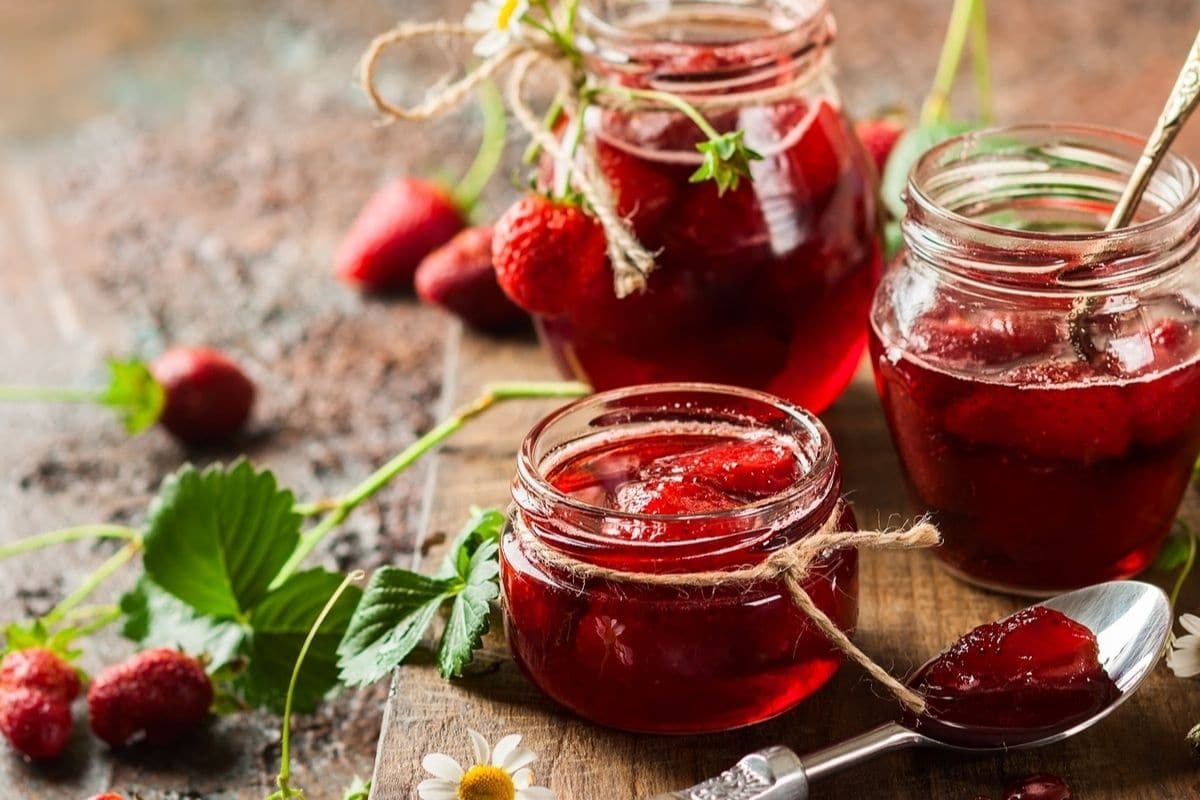
In short, jam and jelly differences can be broken down into three main categories: their consistencies, their contents, and their preparation methods.
Jump to:
The Difference Between Jam and Jelly: Consistency
The first difference a casual observer would likely notice when comparing jam with jelly is the consistency of the two. Jelly is generally made with only the liquid components of fruit. Jam, on the other hand, makes use of all edible parts. By using the entire fruit instead of just the fruit juice, jams are significantly thicker and chunkier than its smooth-bodied relative. The texture of jams will be uneven, lumpy, and jams do not spread as easily as do jellies. Jelly, on the other hand, will ofter have an even, smooth texture and will spread easily on bread or pastries.
The Difference Between Jam and Jelly: Contents
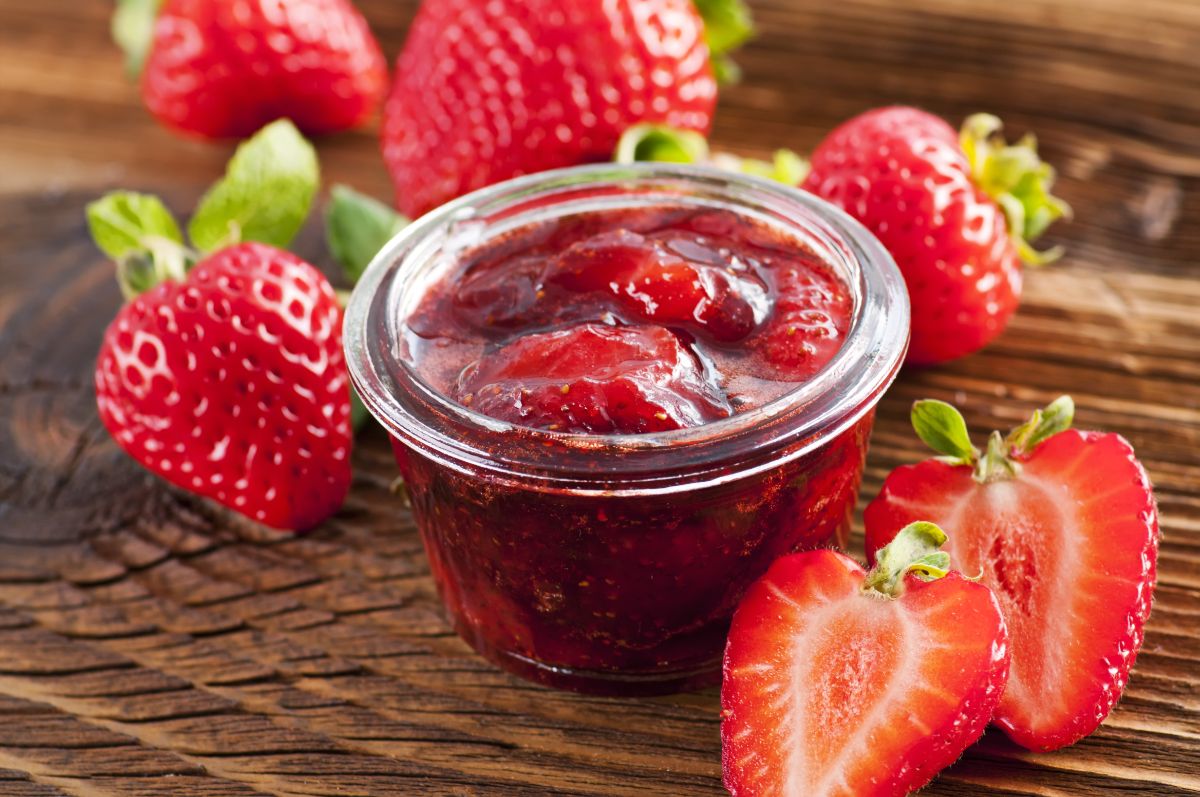
As mentioned already, the main difference between jam and jelly is that jams are made with the entire edible fruit while jelly contains only the juice. Because of this, individuals who have an aversion to certain textures in their food dislike jam. There may be hard/crunchy or firm components in jams. This is most certainly true of strawberry jam, which contains thousands of minuscule strawberry seeds that can get stuck in one’s teeth. For the nutritionally minded, however, jams contain many more beneficial nutrients and are preferred because of that fact. Since the entire fruit is contained within jam, many more vitamins and mineral are present. Additionally, the naturally-high fiber content of most fruit is also maintained and, consequently, aids in the passage of jams through the digestive tract.
Jam can also make use of the natural fruit pectin contained within its flesh. Pectin is the substance that helps solidify the preserves so that they are not a runny mess and can be spread. Since the solids are removed from jellies, they will require additional pectin to be added so that they become gelatinous. One more difference between jam and jelly is their mixability. Since jams use whole fruit, they are rarely mixed. Jellies, however, are often made using the juices of more than one type of fruit.
Differences Between Jam and Jelly: Preparation
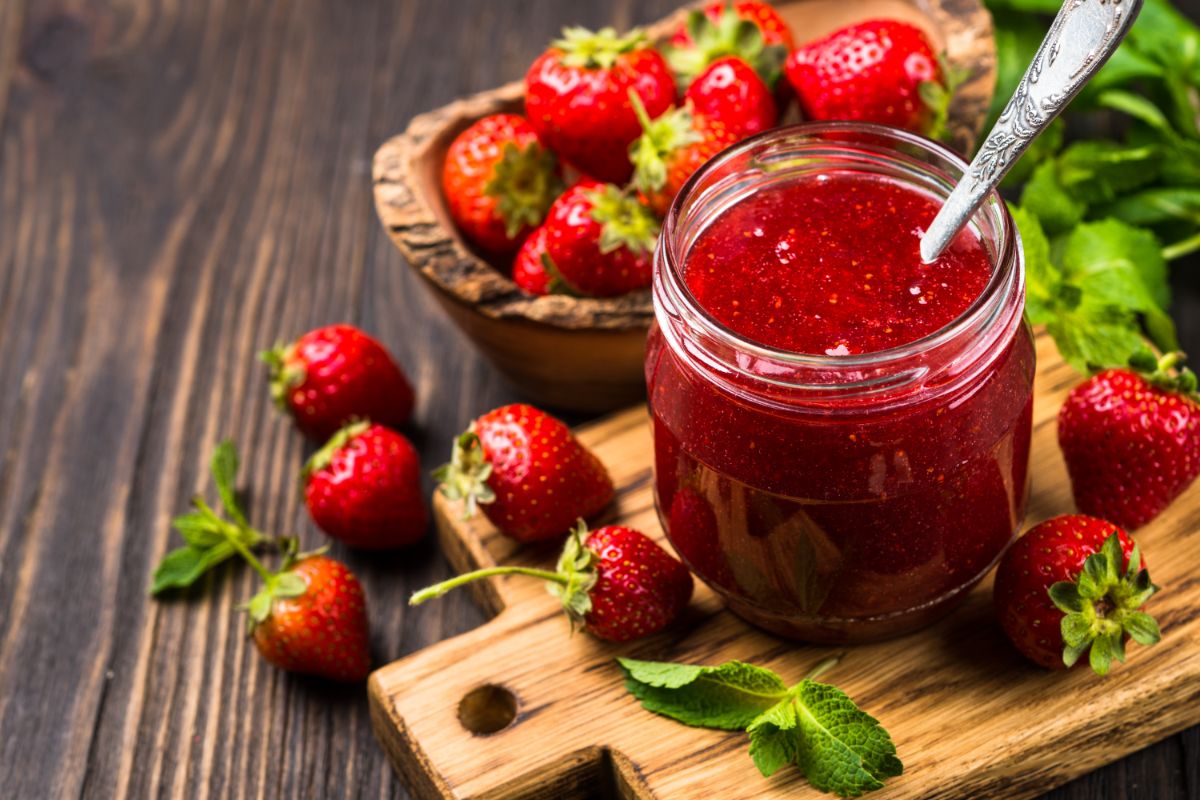
Neither jam nor jelly is tremendously difficult to process or prepare. That is likely why making these two preserves is widespread. Generally, the main difference between jam and jelly preparation is that fruit is cooked for jams and juiced for jellies. Fruit is cooked with sugar and water when making jam. This process releases the natural pectin as the flesh softens and breaks down. The jelly preparation often begins by obtaining the fruit juice, often by using a jelly bag. While jellies are generally considered more processed than jams, neither is tremendously time-consuming or difficult.
The Differences Between Jam and Jelly: Conclusion
The major differences between jams and jellies have been mentioned above. However, the variances between different varieties of fruit even within the same species make for virtually limitless minute differences. Take strawberries, for instance. There are scores of different Strawberry Varieties. Depending on the variety selected, the taste, consistency, and quality of the strawberry jam or strawberry jelly will be noticeably different. And, of course, jam and jelly are just the most common types of preserves. There are multiple others as well. Fruit butter, fruit curd, fruit spread, marmalade, chutney, confit, and conserves are a few of the others. So, branch out! Try your hand at growing strawberries at home and then making your own jams, jellies, and other strawberry preserves!

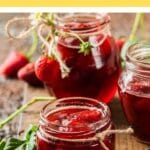
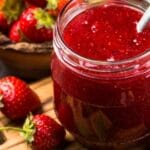
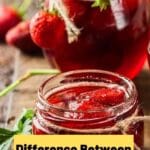
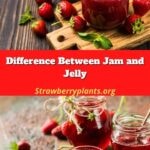
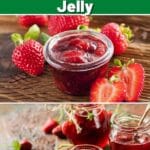

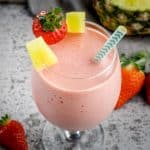
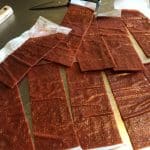

Mylan L. Trivanovich
I was thinking I would make myself peanut butter and (strawberry)jelly sandwiches (using 100% whole wheat bread, of course). I had been using strawberry preserves, but I was in the supermarket, and I was wondering: what’s the difference between jelly, jam and preserves? I guess any of the three will do…(?) I hadn’t really thought that much about it, and I didn’t have anyone to ask… except google here, and your very wonderful article. You don’t really include “preserves” in your article, like, what’s the difference and similarities between jelly, jam and preserves? But, I think your article was sufficient. At least, sufficient enough to get me to wolfing down peanut butter and jelly sandwiches. I might branch out from strawberry to peach. Any ideas, comments or suggestions?
Mr. Strawberry
Mylan,
Simply put, “preserves” is a general term that encompasses all the more specific types or styles of preservation: jam, jelly, chutney, confit, marmalade, etc.